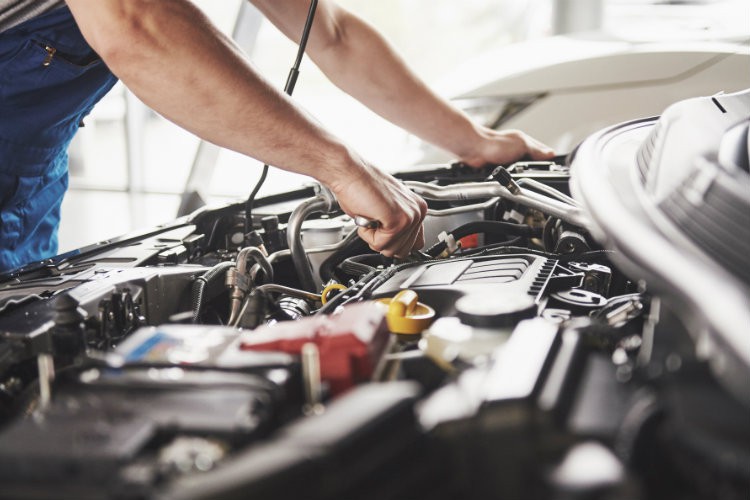If you own a car or truck, you probably do your best to take care of it. Of course, taking it to the dealer or a mechanic for every maintenance and repair item can get expensive. Furthermore, you are missing out on the fun and rewarding feeling or working on your vehicle yourself.
The prospect of doing your own automotive work can be intimidating. However, it is a lot easier thab it may appear, at least for the basics. Pick up a repair guide for your car or truck to get instructions on handling a variety of maintenance and repair tasks.
What Is a Repair Guide?
You likely are already familiar with your vehicle’s owner’s manual. The manufacturer of your car also publishes a repair guide for each model. These guides are used by mechanics to reference the specifics of each car or truck. After all, it is impossible to remember the details of every vehicle on the road.
These guides are relatively inexpensive and include detailed information on how the vehicle works and is put together. They also include manufacturer-recommended solutions to a substantial number of issues. While some repairs may be above the skill of level of a novice, many aren’t. Grabbing your vehicle’s repair guide can help you do more of your own automotive maintenance work.
What Else Do You Need?
Historically, almost all automotive repairs could be done with wrenches and other simple hand tools. As cars have gotten more advanced, this has started to change. Nonetheless, you can get the tools and equipment you need to perform a lot of common maintenance tasks at your local store. You’ll also be able to find auto parts on sale to replace damaged items or add some upgrades.
If you need more advanced equipment, you can rent a lot from automotive stores. For example, if you have a problem with your air conditioning, you may want an AC manifold gauge set rental. Given that you likely don’t be performing regular air conditioning repairs, renting is a great way to save money and space in your garage.
Beyond tools, you will need some personal protective equipment such as gloves and eye protection. Also, grab an oil drain pan even if you aren’t performing an oil change. Shop towels and a fire extinguisher are also a good idea to always have on hand.
How Do You Get Started?
Working on your own car or truck can be a great experience but is be a frustrating one. Before you begin, make sure to set yourself up with plenty of space. Position your equipment so it will be easy to access. Most importantly, give yourself time to learn and explore. Don’t expect to do every task as quickly as a skilled mechanic on your first try. Also, don’t forget to enjoy the experience.
Get Started
Working on your own vehicle is easier than you think. Grab a repair guide and some basic tools and get under the hood. You may be surprised how much you can achieve. Start wrenching today.
To read more on topics like this, check out the lifestyle category.
